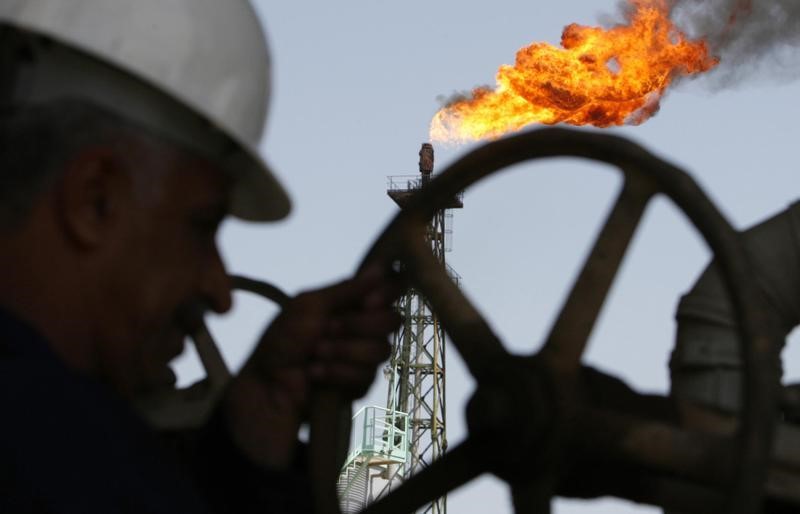Investing.com - The selloff in oil showed no signs of slowing Tuesday as crude futures fell 7%, pushing the market deeper into bear territory. And the response of oil consumers? It's alright if OPEC can't balance the market as U.S. production is what's needed in coming years.
Twelve straight days of losses -- even worse than the slump of 1984 -- have culminated in an oil price slide of almost 30%, prompting Saudi Arabia and OPEC to plan emergency supply cuts amid U.S. crude output at record highs.
In Tuesday's session, U.S. WTI settled down $4.24, or 7%, at $55.69 per barrel, after sinking to one-year low of $55.11. The U.S. crude futures market has lost about 28% since hitting four-year highs of nearly $77 in early October.
Brent finished down $4.65, or 6.6%, at $65.47 per barrel, after hitting an eight-month low at $66.67. The U.K.-traded global oil benchmark has lost about 25% from an October peak of nearly $87.
After a five-month long rally built on the promise of tight supplies from U.S. sanctions on Iranian oil exports, the market capsized in a matter of five weeks on evidence of outsize stockpile builds in the United States and sanction waivers given by Washington to buyers of Tehran oil.
Desperate to put a floor beneath the market, Saudi Arabia, the world's top crude exporter, announced last weekend that it will reduce supply by 0.5 million barrels per day (bpd) in December.
OPEC, which will meet on Dec. 6 and also convene with major oil producer Russia after that, is also expected to cut supplies further in the new year.
But the market has paid little or no heed to those cautions, focusing squarely on U.S. crude production, now standing at record highs of 11.6 million bpd.
More U.S. Production Needed, Says IEA
The Paris-based International Energy Agency, which mainly oversees the interest of oil consumers in the West, said the current low in newly-approved drilling projects in Saudi Arabia or Russia could lead to a supply crunch by the mid-2020s.
Yet instead of imploring OPEC, which produces some 33 million bpd, to increase production, the IEA's executive director Fatih Birol focused his energy on U.S. drillers, whom he said had the ability to make a difference to global crude output despite turning out only a third of what OPEC does now.
Birol told CNBC in an interview that between now and 2025, the U.S would need to add more than 10 million bpd, which was about the size of Russian production.
"In other words, the U.S. needs to add one single Russia in seven years time in order to avoid a major tightening in the markets," said Birol before adding, "It can happen but it would be a small miracle."
Traders and analysts were dumbfounded by Tuesday’s price action.
"On the crude oil front one must ask: Does the futures market see a global recession? Or what ominous sign does it see that would slow movement of product with demand at an all-time high?" asked Daniel Flynn, analyst at Chicago's Price Futures Group.
"We do know that this industry is a boom or a bust and there are still traders expecting a super cycle to the upside," Flynn said. "But this break to the downside would have most seasoned traders second guessing themselves."
